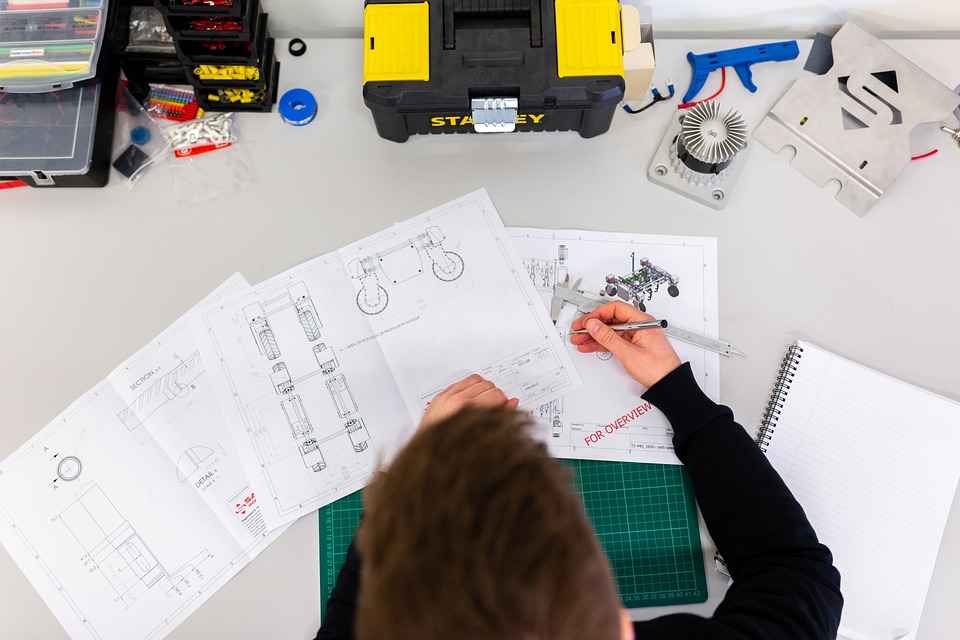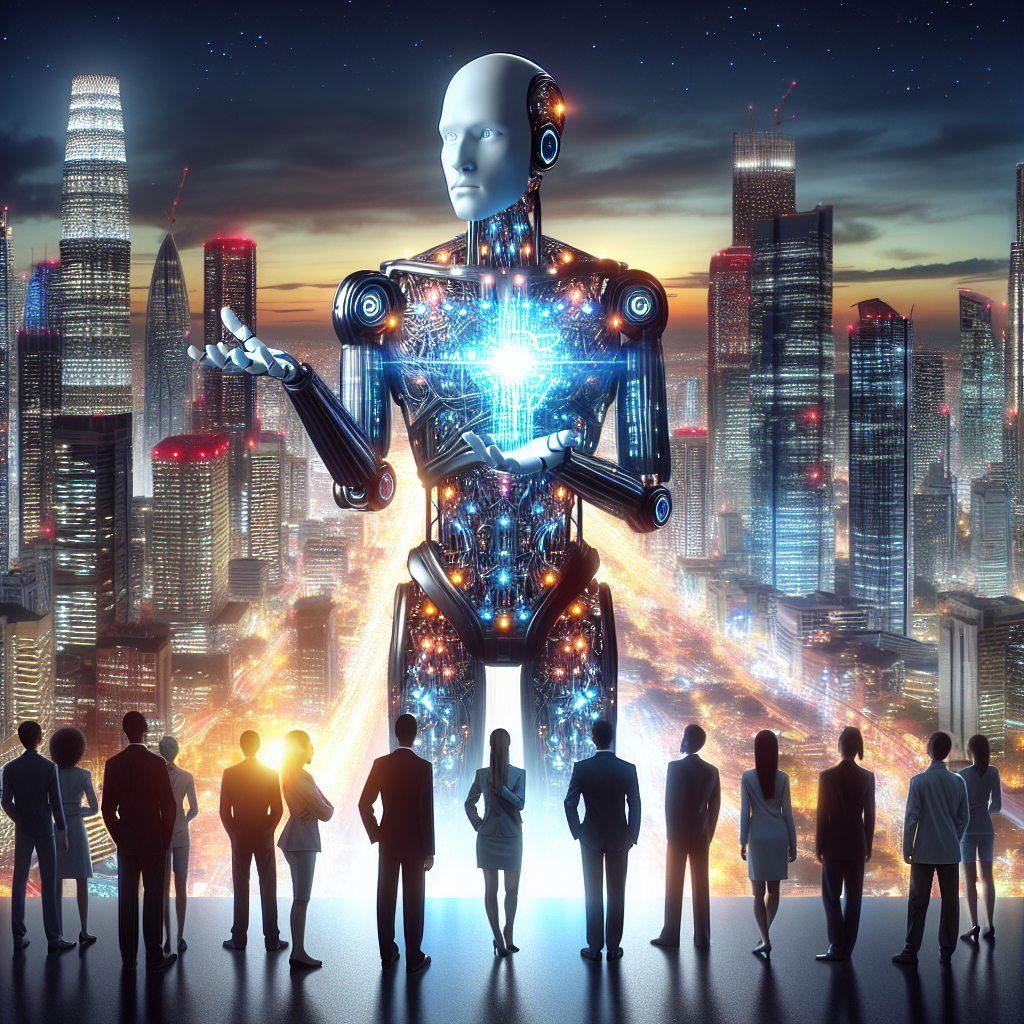The dawn of the fourth industrial revolution is upon us, ushering in an era characterized by unprecedented advancements in technology, artificial intelligence (AI), and automation. As these technologies rapidly transform industries, the field of mechanical engineering finds itself at a crossroads. The rise of automation presents both challenges and opportunities, reshaping the landscape of mechanical engineering jobs and the skill sets required to thrive in this new environment.
Understanding Automation and Its Impacts
Automation refers to the use of technology to perform tasks without human intervention. In recent years, industries have increasingly integrated AI-driven algorithms and robotics into their processes, resulting in improved efficiency, productivity, and cost-effectiveness. From manufacturing to logistics, automation is revolutionizing how tasks are executed, raising questions about the future of jobs across various sectors.
In mechanical engineering, automation manifests through the deployment of smart machines, robotic systems, and predictive algorithms that optimize design, manufacturing, and maintenance processes. This evolution is not only transforming the work environment but also redefining the role of mechanical engineers.
The Evolving Role of Mechanical Engineers
As automation becomes more ubiquitous, mechanical engineers are required to adapt by developing new skill sets that align with advancements in technology. Here are some key aspects of how the role of mechanical engineers is evolving in this automated landscape:
1. Integration of AI and Machine Learning
Mechanical engineers are increasingly becoming familiar with AI and machine learning principles. Understanding data analytics, predictive maintenance, and algorithmic design has become essential for engineers who wish to remain relevant in the industry. AI-driven tools can analyze vast amounts of data to inform design choices or predict equipment failures, allowing engineers to enhance product performance significantly.
2. Emphasis on Interdisciplinary Collaboration
The rise of automation necessitates greater collaboration among engineers from diverse disciplines, including software engineering, systems engineering, and data science. Mechanical engineers must be adept at working with interdisciplinary teams to design systems that integrate hardware and software seamlessly. This collaborative approach fosters innovation and accelerates the development of cutting-edge technologies.
3. Focus on Design for Automation (DfA)
As automation reshapes the manufacturing process, mechanical engineers are focusing more on Design for Automation (DfA). This approach emphasizes creating products that are easily manufactured and assembled by automated systems. Engineers are, therefore, challenged to think creatively about how to innovate designs that accommodate automation while maintaining functionality and performance standards.
4. Adapting to New Manufacturing Techniques
The emergence of advanced manufacturing technologies, such as 3D printing and additive manufacturing, is altering traditional manufacturing processes. Mechanical engineers must adapt by learning how to leverage these techniques and integrating them into their designs. Familiarity with new materials and manufacturing methods will be crucial in redefining mechanical engineering roles.
Challenges and Concerns
Despite the exciting possibilities that automation brings to mechanical engineering, there are challenges to address. The primary concern remains the potential for job displacement as automation takes over manual and repetitive tasks. Many jobs that once relied heavily on human intervention are evolving or becoming obsolete.
Additionally, there is a pressing need for continuous education and re-skilling to help current and future engineers meet the demands of a rapidly changing job landscape. Engineering curricula must adapt to include training in AI, machine learning, and advanced manufacturing techniques to equip students with the requisite skills for the future.
Embracing the Future
Rather than viewing automation as a threat, the mechanical engineering community is encouraged to embrace it as a catalyst for innovation. By leveraging AI and automation, engineers can streamline processes, reduce costs, and enhance product quality. The potential to focus on more complex and creative tasks can lead to greater job satisfaction and professional growth.
Educational institutions and businesses alike must prioritize training programs and initiatives that promote lifelong learning, ensuring engineers are prepared to thrive in this automated future. Collaboration, continuous skill development, and adaptability will be key attributes for mechanical engineers navigating the changing landscape.
Conclusion
The rise of automation and AI is undeniably transforming the field of mechanical engineering, presenting both challenges and opportunities. As mechanical engineers adapt to this new reality, they will play a critical role in shaping the future of industries through innovative design, advanced manufacturing techniques, and interdisciplinary collaboration. By embracing these changes and investing in their skills, mechanical engineers can not only secure their positions but lead the way into an exciting, automated future.




